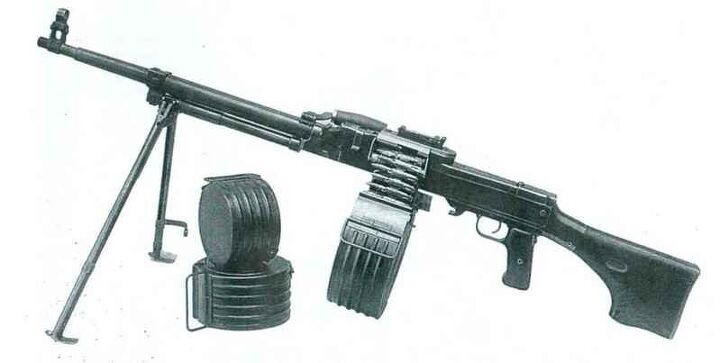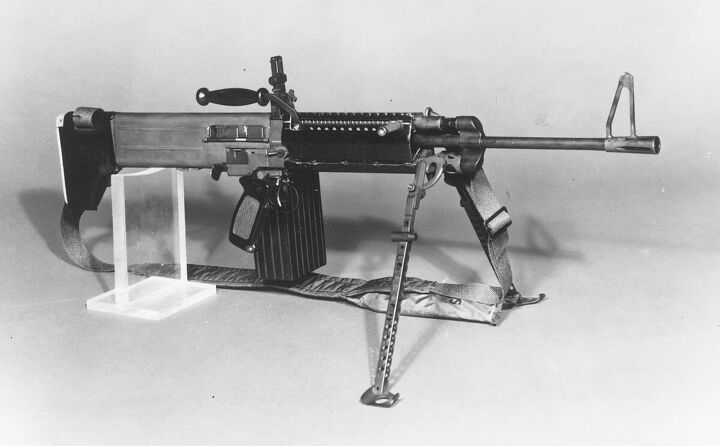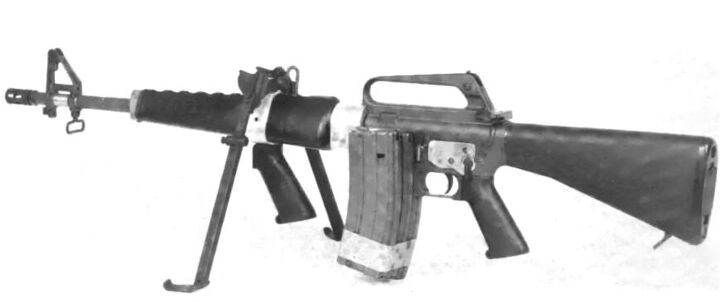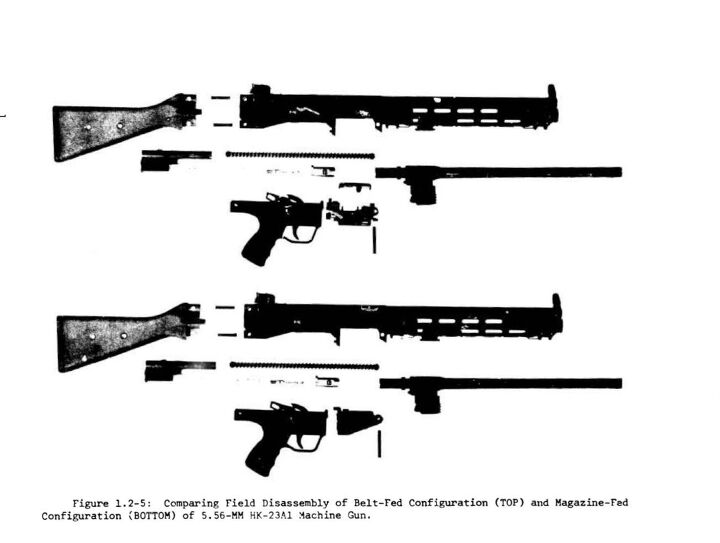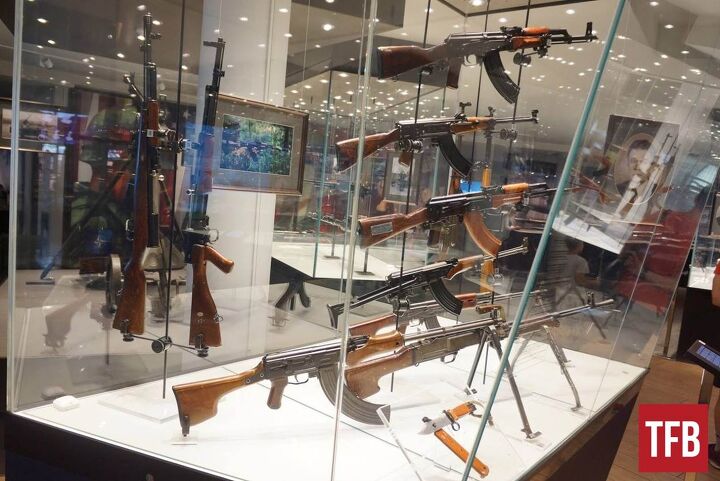Machine Guns
The Forgotten M60E1: An Early Attempt to Improve the M60 Machine Gun
I previously covered the M60 to the M60E6, but now we turn to a lesser-known stepping stone: the M60E1. Developed as a prototype, the M60E1 represented an early attempt to correct many of the shortcomings of the original M60, which entered service in 1957, saw heavy use in Vietnam, and remained in U.S. military arsenals until its gradual retirement in the 1990s.
The New Russian OTs-142 5.45 Belt Fed LMG
What we can do is assemble the clearest picture available: the OTs-142 appears to be a compact, squad-level belt-fed support weapon in the same family of experiments that produced the OTs-124 and OTs-128 (the Alatau-family projects which I covered earlier), where designers at TsKIB SOO and related Tula bureaus have been rethinking how to deliver automatic fire with modern ergonomics and unusual feed arrangements.
Vietnam’s Homegrown RPK, The TUL-1
Wandering through the Vietnam Military History Museum in Hanoi, I stumbled upon what looked like an RPK, only to find it was a TUL-1. Vietnam’s own, manufactured RPK. A weapon born out of necessity, ingenuity, and a fair bit of parts-bin creativity.
[Partner 2025] Zastava Unveils New Machinegun Chambered in 6.5 Grendel
These days, when you roam around a defense expo, it is really difficult to find anything new and different. At the end of the day, weapons that use the same caliber and roughly the same barrel length will have very similar capabilities, regardless of cosmetic features, a country of origin or marketing claims about “increased lethality”.
FN America Secures DoD Contract for M240/M249 Machine Gun Barrels
It should come as no surprise to any gun owner that barrels may wear out, and machine guns are no exception. FN America has been awarded a $6.9 million contract by the U.S. Department of Defense’s (DoD) Defense Logistics Agency (DLA) Land and Maritime for the supply of M240 and M249 machine gun barrels. The order, to be fulfilled across nine deliveries, underscores FN’s longstanding partnership with DLA Land and Maritime, a key combat support agency that provides spare parts for land-based and maritime weapon systems. Serving over 20,000 customers across all U.S. military branches, civil agencies, and other DoD organizations, DLA ensures the readiness of critical weapon systems in the field.
Afanasyev 7.62x41 Light Machine Gun
A lesser known Soviet machine gun is the 7.62x25 LAD light machine gun. In my previous article, I mentioned that the LAD performed well in tests and was recommended for production for military evaluation. Unfortunately, a significant change occurred just as the LAD was about to enter production for troop testing. In the summer of 1943, during its testing at the proving ground, the Red Army captured new German machine carbines, which would later be known as assault rifles, along with their intermediate ammunition. This led to a rapid shift in focus towards developing a domestic counterpart for the intermediate cartridge and compatible weapons.
TFB Exclusive: Yugo M84 to the Serbian M84 M
During my time in Serbia, I had the opportunity to explore the country’s storied legacy of small arms manufacturing, a tradition deeply woven into its national identity. Alongside experiencing Serbia’s diverse cuisine, a major highlight of the trip was visiting Zastava Arms in Kragujevac, the historic first capital and the epicenter of Serbia’s defense industry. I’m especially grateful to Zastava Arms for welcoming us and granting access to examine some of their weapon systems firsthand.
The Soviet Union's Evaluation Of Captured US M60 Machine Guns
During the Vietnam War, the Soviet Union played a critical role in supporting North Vietnam's revolutionary fight against the United States and South Vietnam. The Soviet Union’s involvement was primarily defined by providing aid to a like-minded nation with the means to defend itself. It provided everything from food and medical aid to firearms and advanced weaponry, military training, and intelligence collaboration.
TFB Exclusive: Zastava's New M20 7.62x51 Machine Gun
During our recent visit to the Zastava Arms factory in Kragujevac, Serbia, we had the opportunity to explore one of the region’s most renowned and historic manufacturers of firearms and artillery. With a legacy dating back to the 19th century, Zastava Arms remains a prominent name in the global defense industry.
TFB Exclusive: Vietnam’s PKP Pecheneg - The New STrL-P Machine Gun
I previously covered the PKP machine gun and its use in Armenia. Now, it is making an unlikely appearance in Vietnam. For decades, the backbone of Vietnam’s infantry firepower has been shaped by Soviet and later Russian weaponry. From Kalashnikov rifles to the PKM machine gun, Vietnamese soldiers have long relied on designs imported or licensed from abroad. But the landscape is changing. Vietnam’s growing defense industry, centered around the Z111 Factory, has begun producing locally manufactured small arms to reduce reliance on imports.
Experimental Zastava M65 Light Machine Gun
Following my article on the Zastava M64, it is only fitting to continue with its lesser-known sidekick, the Zastava M65. While the M64 represented Yugoslavia’s first foray into a domestically designed assault rifle inspired by the Kalashnikov platform, the M65 was its parallel attempt to develop a complementary light machine gun (LMG) or automatic rifle within the same program. This effort formed a critical chapter in the broader FAZ (Familija Automatskog Oružja Zastava) program, which aimed to create a standardized family of automatic weapons for the Yugoslav military.
The M84 Machine Gun in the Serbian Army
Machine guns have long served as the backbone of modern infantry units across the globe, and the Serbian Army is no exception. Researching the history of the Yugoslavian small arms, I discovered that the M84 is issued at the squad's fire team level. As a PKM fan, this piqued my interest, so I delved into Serbian infantry structure, training, and doctrine. On paper, the infantry squad and platoon are stacked with at least nine 7.62x54mm M84 general-purpose machine guns, bringing considerable firepower to any fight.
The Yugoslav M37 Light Machine Gun
During my travels to Serbia, I wanted to examine the Yugoslav M37 light machine gun, a pre-war development of the earlier Czechoslovak Zbrojovka ZB vz.26. The ZB vz.26 was first developed in the early 1920s as Czechoslovakia sought a modern light machine gun. When adopted by the Kingdom of Serbs, Croats, and Slovenes (later the Kingdom of Yugoslavia), it was designated the M26. Operational experience with the M26 revealed the need for design adjustments, leading to the development of the ZB vz.30J, a modified version tailored for Yugoslav requirements (the “J” denoting Yugoslav). This was a previous development of the ZB vz. 30 for Romania, as well as its licensed production at the Cugir factory in Romania.
Tkachev AO-41 Experimental 5.6mm Light Machine Gun
Peter Andreevich Tkachev was a talented small arms engineer at TsNIITochMash, the Central Scientific Research Institute for Precision Machine Engineering, located in Klimovsk. He was awarded the Hero of Socialist Labor medal and is best known for designing the “BARS” Balanced Automatic Recoil System for the prototype AO-38.
AO-22M Experimental Soviet Lightweight General Purpose Machine Gun
As the trend moves towards lighter and lighter machine guns, covering the AO-22M is a must, as it is one of the lightest 7.62x54 experimental machine guns. The AO-22M is one of the lesser-known Soviet experimental machine guns, and it is challenging to find detailed information about it. Despite the limited data, its visible design features are quite intriguing.
[IDEF 2025] TISAS Begins Production of PKM Machine Gun in Turkey
The year 1969 had plenty of good stuff going on. The legendary Woodstock music festival, Apollo 11 moon landing… There were also lesser-known events like the premiere of the first episode of Sesame Street and the beginning of production for the PKM, the most mass-produced machine gun in recent history.
Daycraft Systems FMG 7.62 Lightweight Machine Gun
If you ever had to hump a M240B medium machine gun, tripod and ammunition to an objective to support an operation or movement, you would know why weight is important. Too many times during training, I've seen infantrymen “Chuck and Bury”, meaning ditching blank ammunition to reduce their weight they have to hump to an objective, big picture, not realizing this reduces their ability to support an operation or follow-on mission. Lightweight systems not only benefit the infantrymen, but they also help the taxpayer by reducing logistic costs.
[IDEF 2025] UPM 200 Heavy Machine Gun From Kazakhstan
When people hear about Kazakhstan, there are a handful of things they remember. Sadly, some would only know about it from the movie “Borat”. Others would remember nomads, horses and boundless plains of Central Asia. Few know that the country is producing some of the most capable heavy machine guns in the world.
Fedorov Light Machine Guns
Continuing my coverage of machine guns and automatic rifles, I’ll delve into the history of the Fedorov machine rifle. The 1905 Russo-Japanese War displayed the significance of machine guns, highlighting that a higher volume of fire would pave the way for future weapon developments. In 1905-1906, Vladimir Grigorievich Fedorov developed his first self-loading rifle in 7.62x54. Fast forward to 1913, when he created a semi-automatic self-loading rifle and a new 6.5mm cartridge he designed, which featured improved ballistics but could not be mass-produced due to the outbreak of World War I.
The Yugoslavian 7.9mm M.15/26 Light Machine Gun
During my recent visit to Serbia, I became interested in the Serbian M.15/26 after seeing it at the Belgrade Military Museum, where one example is on display, along with an original Chauchat machine gun. This article offers a fascinating glimpse into Serbian small arms, and I hope to discover more interesting ones during my stay in Serbia.
IDF to Receive IWI Negev 7 & UX Series Machine Guns
The Israel Ministry of Defense has signed a $20 million agreement with Israel Weapon Industries (IWI) to supply 7.62mm Negev 7 and UX series machine guns to the IDF Ground Forces. The deal, facilitated by the Defense Procurement Directorate, includes a comprehensive maintenance package to ensure long-term operational readiness. Deliveries are scheduled for 2026-2027. The Negev UX, developed in conjunction with the Israeli Defense Forces ( IDF), is said to enhance firepower, mobility, and effectiveness in complex combat environments.
V. I. Silin TKB-464 Unified Machine Gun
Another lesser-known Soviet machine gun, the TKB-464, was developed by Vyacheslav Ivanovich Silin. Born on February 22, 1907, in Tula, Silin began his career at the Tula Arms Plant in 1919 and was drafted into the Red Army in 1931. After his demobilization, he returned to his hometown to work at Tula Central Design Bureau-14 (TsKB-14). In 1938, he graduated from the evening program at Tula Mechanical College, marking his transition into engineering and design. He worked in weapons production throughout his career, first at the TsKB-14 and later at the Central Design and Research Bureau of Sporting and Hunting Arms (TsKIB SOO). Several models of military equipment were developed under his direct involvement and leadership; some were adopted for service, while others remained prototypes for various reasons.
POTD: KAC’s Stoner LAMG – The Light Assault Machine Gun
What happens when you combine Eugene Stoner's legendary design ethos with Knight’s Armament Company’s modern manufacturing? You get the Stoner LAMG (Light Assault Machine Gun), a belt-fed 5.56mm light machine gun that blends lightweight design with controllable, accurate suppressive fire.
[IDEF 2025] PZD MK1 - Combat-Proven Machineguns From Czechia
Despite rising demand for armaments in Europe, it seems that very few new manufacturers are coming to the market. Mostly, there are already established companies that reap the benefits of increased defense spending.
The 7.62x54 Degtyarev RPD, the KB-P-345
Vasily Alekseevich Degtyarev was one of the Soviet Union's most talented weapon designers. His most significant achievements were creating the DP-27 light machine gun in 1927, the large-caliber Degtyarev DShK in the 1930s, and the RPD light machine gun, developed in 1944 for an intermediate cartridge.
6mm to 5.56mm SAW Program, the Lightweight XM235
In my previous article, I discussed the brief existence of XM106. This US Army DIY automatic rifle competed with belt-fed 5.56 mm light machine guns as part of the 5.56 mm Squad Automatic Weapon (SAW) Program. The goal was to provide infantry squads with a lightweight weapon that could deliver a high volume of fire. Before this, there had been a 6mm SAW program from approximately 1972 to 1976, which was influenced by the US Army's combat experiences during the Vietnam War and the potential for future conflicts in Europe. These factors contributed to the desire for a lighter weapon with an extended range.
FN America Wins U.S. Army Contract For Lightweight M240L Machine Guns
FN America, LLC has announced that it has been awarded a $4.9 million contract to supply the U.S. Army with additional FN M240L medium machine guns. The M240L was originally adopted by the U.S. Army in 2010, after a joint development effort with FN to create a lighter, yet durable, medium machine gun.
SAW Program: The XM106 Automatic Rifle
As the army adopts new weapons, I am curious about other systems that have been proposed and tested in the past, which led me to the XM106. The U.S. Army's experience revealed significant shortcomings in the infantry squad’s firepower during the Vietnam War. The challenges encountered in Vietnam prompted a reevaluation of infantry small arms, resulting in various studies and programs to enhance infantry lethality.
US Army SAW Program: HK23A1 and HK21A1
In 1957, the M14 rifle and M60 machine gun were adopted. The M14 program, which aimed to develop the M15 squad automatic rifle, was canceled in 1959. Later, the M14E2 was introduced as an interim solution to provide the infantry squads with a suitable solution. The United States Army Infantry School developed the M14E2 concept as a squad automatic weapon. This variant was issued in 1963, redesignated as M14A1 in 1966, and saw limited service during the Vietnam War. From the 1950s to the 1980s, there was no suitable replacement for the BAR (Browning Automatic Rifle), leaving infantry squads vulnerable and inadequate. During the Vietnam War, the M60 served as a company-level machine gun assigned to a platoon weapons squad.
The Korobov TKB-516 Light Machine Gun
As soon as the Kalashnikov rifle was adopted, various efforts were made to improve or replace it. In most tests, it did not meet the standard requirements in all categories. The first such effort occurred in 1955 when the Soviet Union's Ministry of Defense initiated a unified weapons project that included a lightweight assault rifle and a lightweight light machine gun. The goal was to simplify and standardize production, with the majority of components for both the rifle and light machine gun being interchangeable. Additionally, these weapons were intended to be manufactured using the same machinery and tools.
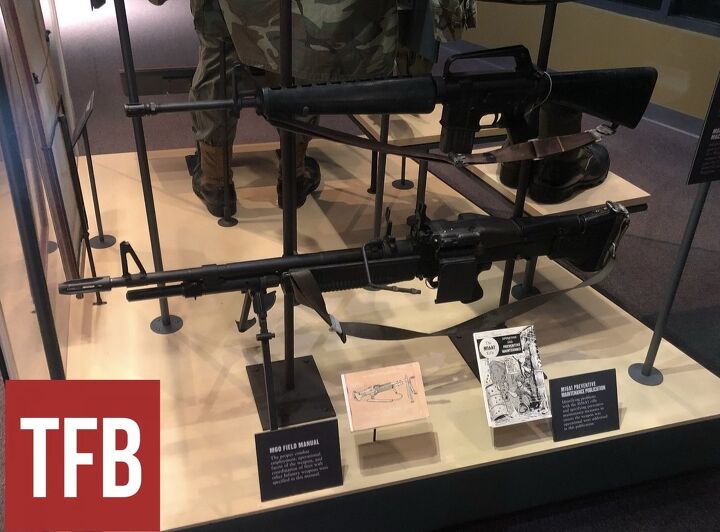
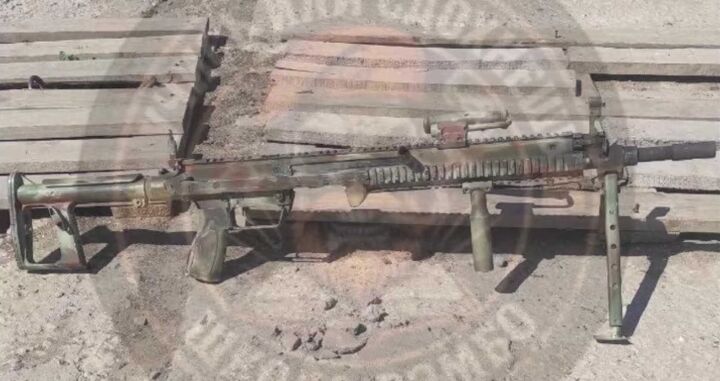
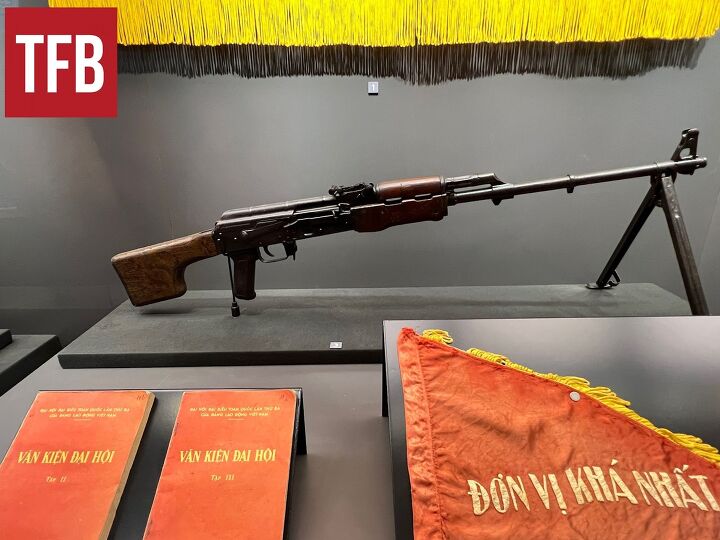
![[Partner 2025] Zastava Unveils New Machinegun Chambered in 6.5 Grendel](https://cdn-fastly.thefirearmblog.com/media/2025/09/28/05281/partner-2025-zastava-unveils-new-machinegun-chambered-in-6-5-grendel.jpg?size=720x845&nocrop=1)
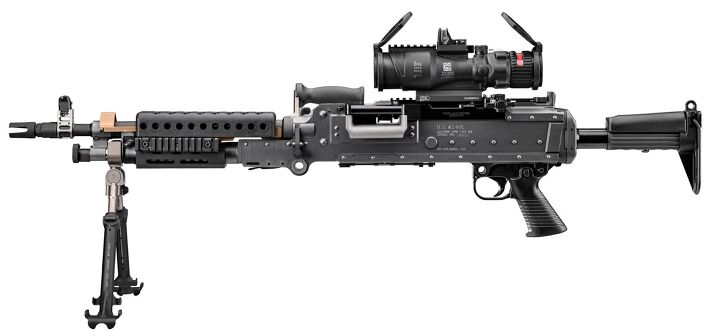
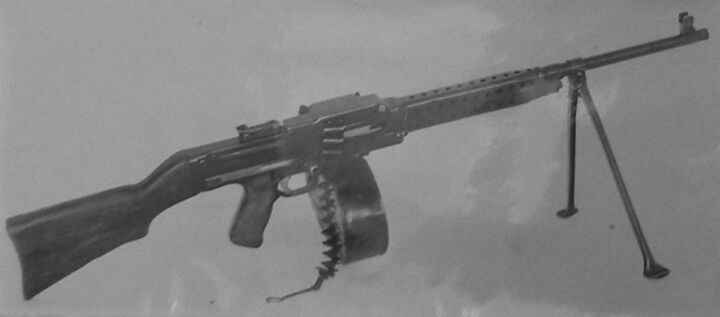


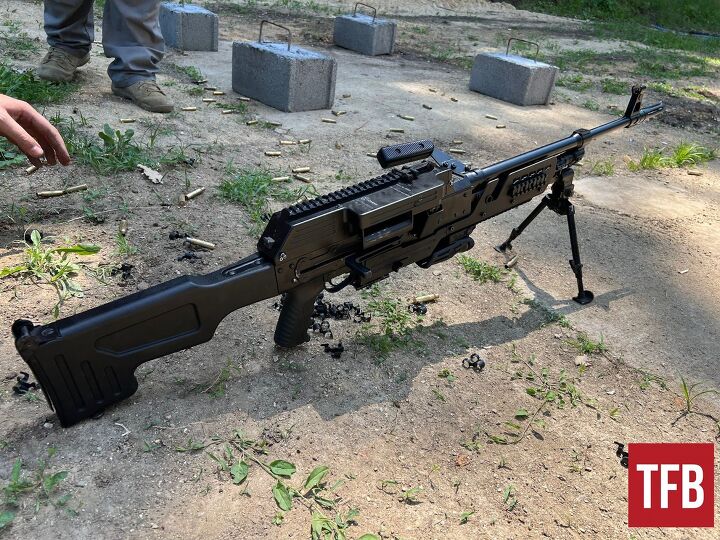
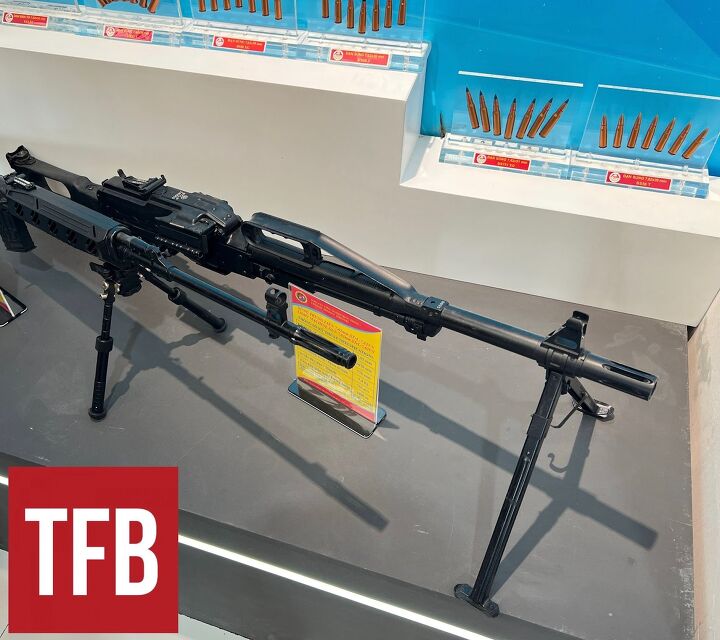

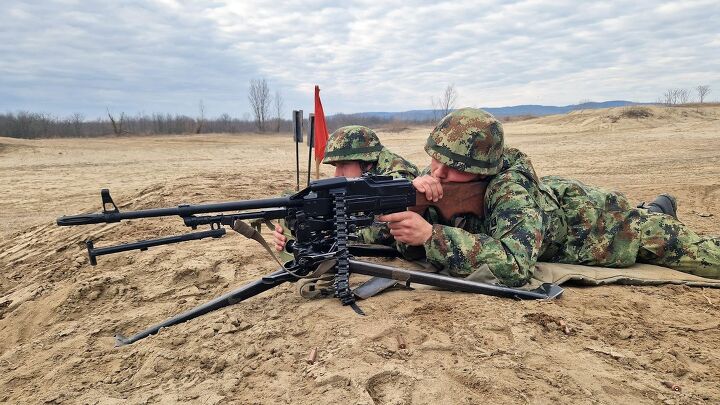
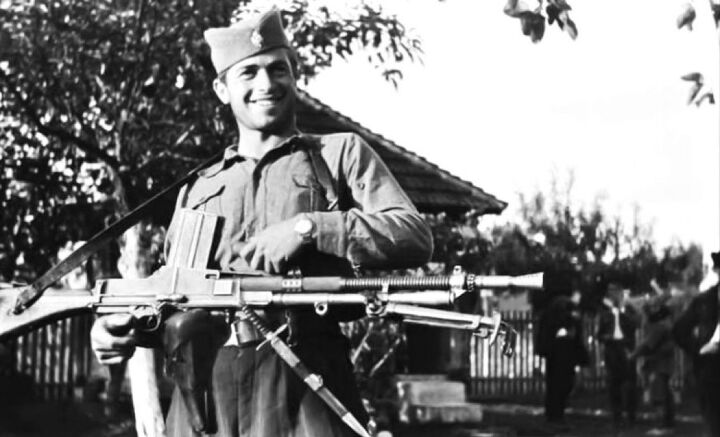
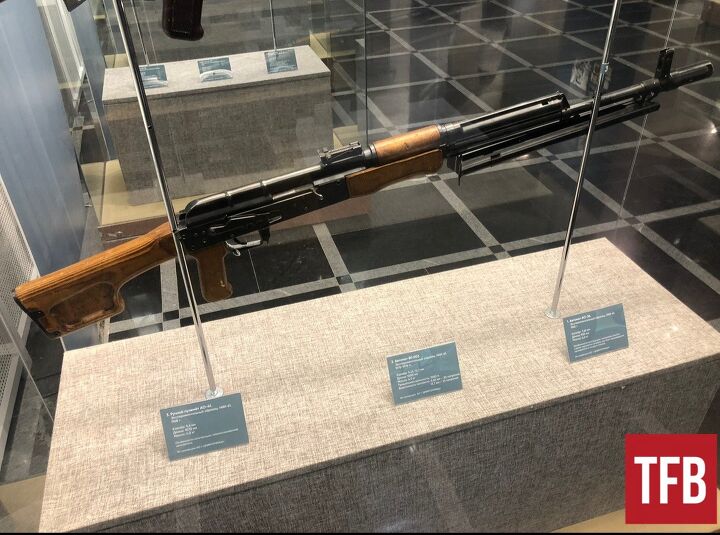
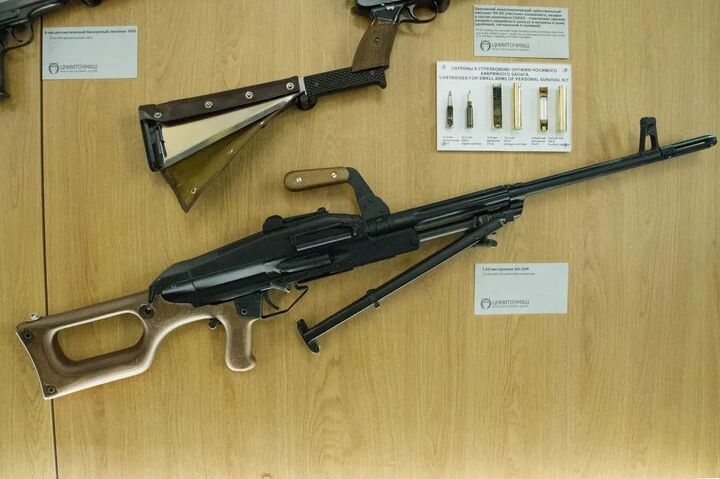
![[IDEF 2025] TISAS Begins Production of PKM Machine Gun in Turkey](https://cdn-fastly.thefirearmblog.com/media/2025/08/06/03521/idef-2025-tisas-begins-production-of-pkm-machine-gun-in-turkey.jpg?size=720x845&nocrop=1)
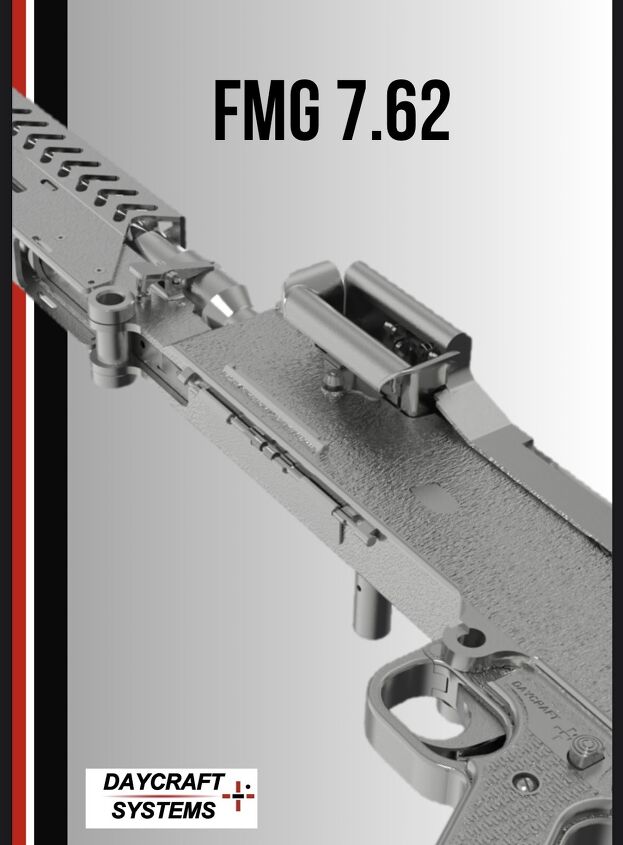
![[IDEF 2025] UPM 200 Heavy Machine Gun From Kazakhstan](https://cdn-fastly.thefirearmblog.com/media/2025/08/05/12361/idef-2025-upm-200-heavy-machine-gun-from-kazakhstan.jpg?size=720x845&nocrop=1)
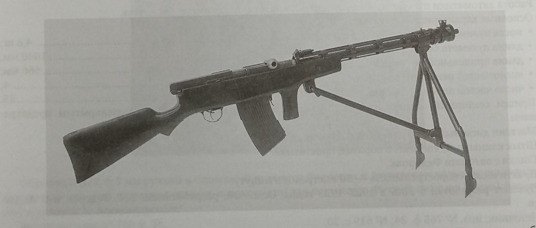
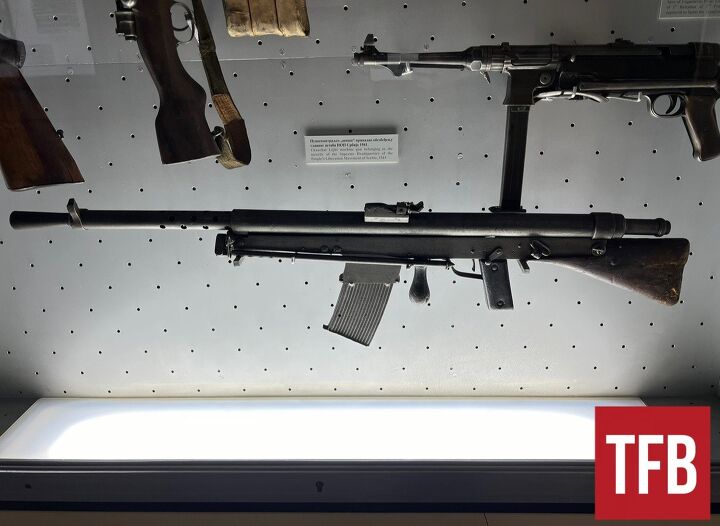
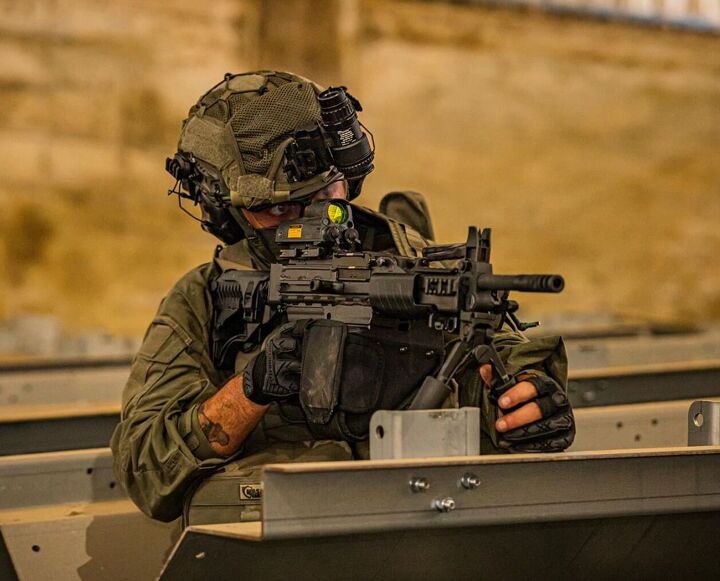
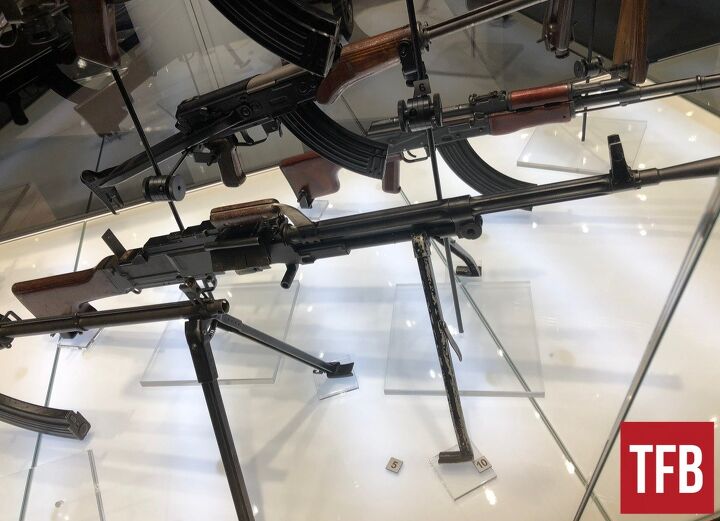

![[IDEF 2025] PZD MK1 - Combat-Proven Machineguns From Czechia](https://cdn-fastly.thefirearmblog.com/media/2025/07/24/00501/idef-2025-pzd-mk1-combat-proven-machineguns-from-czechia.jpg?size=720x845&nocrop=1)
